How Different Does a Graphic Design Have to Be Original
A good graphic designer is someone who can provide your company with creative work that suits your brand and gives it a face and personality that targets the right audience. Every entrepreneur who's worth their salt would tell you that graphic design is essential for success. And failure if your graphic design team is not knowledgeable in copyright laws.
A responsible graphic designer will know what these laws are. For instance, Penji's designers know the ins and outs of copyright laws so our clients won't have to worry about getting in a sticky situation.
However, you, as a client, should also arm yourself with information so you can avoid infringement altogether. Also, the internet has brought so much good in our everyday lives, but it isn't devoid of evil. You have to protect your property from thieves that abound cyberspace.
Master the basics with Penji! Use code "GDCOPY15" for 15% Off your first month! Check out our plans and sign-up today for a 15-day risk-free trial.
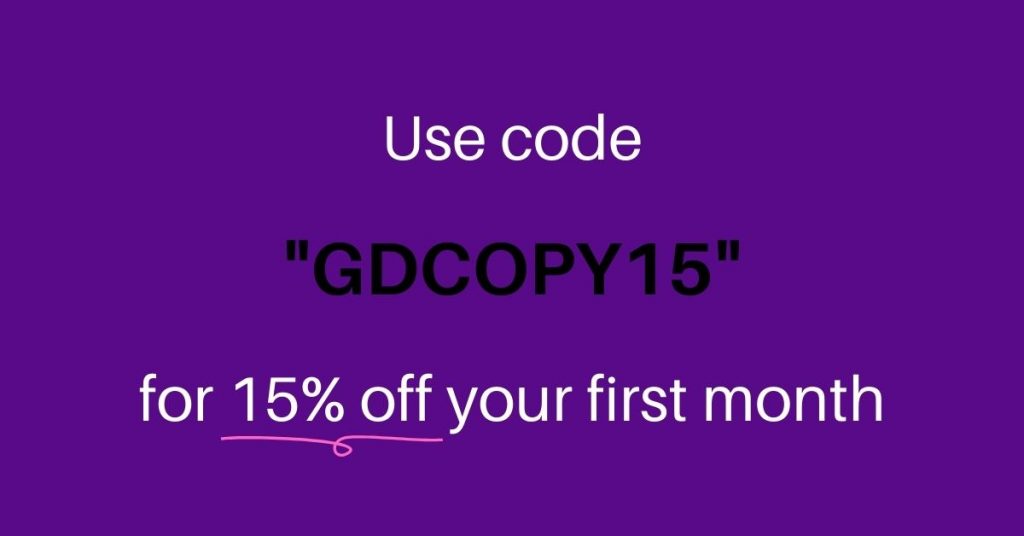
What is Copyright?
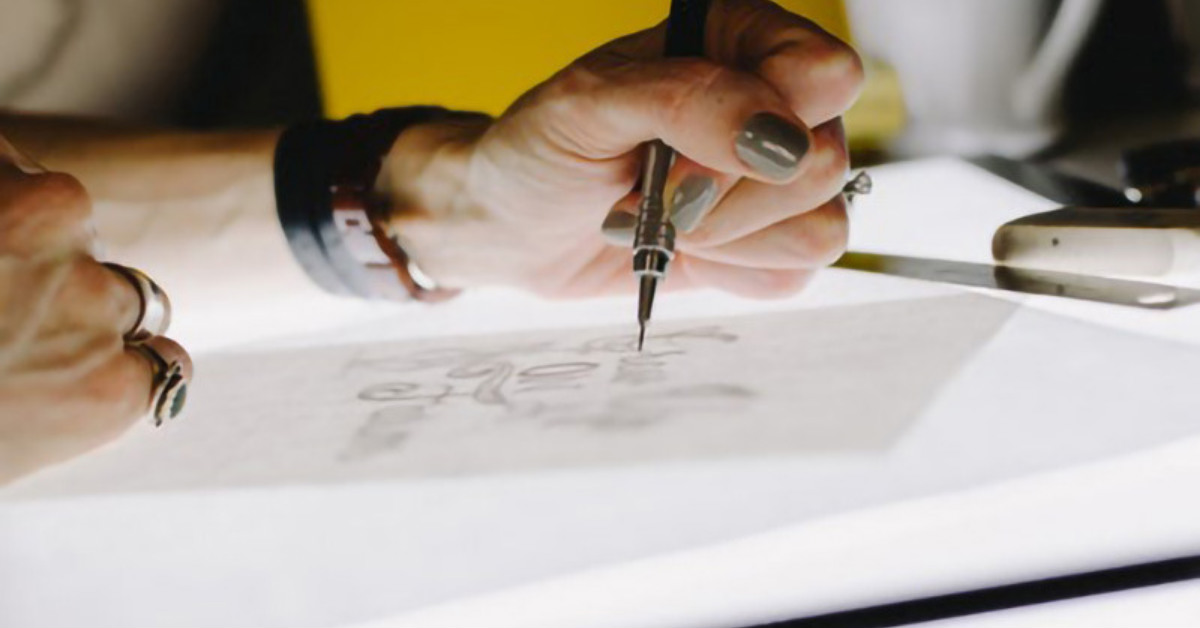
Copyright law is the law that protects creative work from unauthorized copying and usage. Illustrations, photographs, and graphic design that users reproduce and exploit for commercial purposes without the permission of the owner or designer is a clear violation of this law.
What You Can't Copyright
Before we delve deeper into this law, let's get to know what is and what's not protected by it. The US Copyright Office states that for something to be protected by this law, it has to be in a tangible form. As an example, your idea can only be copyrighted once you write it down on paper.
Here are the things you can't copyright:
- Ideas, Systems, Methods
- Names, Titles
- Slogans, Expressions, Short Phrases
- Symbols, Measuring Charts, Calendars
- Choreographic Works
- Letters or Color Variations
- Commonly Known Information
- Fashion
These can't be copyrighted but trademarks can protect these. The difference is that copyright protects literary and artistic works such as videos, music, and books. While a trademark protects logos and other artwork that defines a company brand.
Registration
Once one creates original artwork, the current copyright law automatically protects it. Even without notice or undergoing the registration process. The author or owner of the artwork has the right, by default, to decide who can use, copy, or reproduce it under conditions set by them.
However, if you still want to have the capability of suing unauthorized users and make a claim for copyright infringement, you must have the work copyrighted.
Copyright Ownership
When you commission a graphic designer to create an artwork, who gets ownership? The person who creates the artwork is automatically considered as the "author" and is the owner of the copyright as stated under the law. In the "work made for hire" situation, you, as the client, get to own the copyright of the work a graphic designer creates within the scope of his full-time employment.
If you hired an independent contractor, they should assign the copyrights to you through a legal contract between both parties in exchange for the remuneration that you agreed upon. However, the artist is only prohibited to use the artwork elsewhere, but they can definitely claim it as their creation.
Create smart, effective campaigns efficiently
Meet your conversion goals using visuals that stand out
I need this!

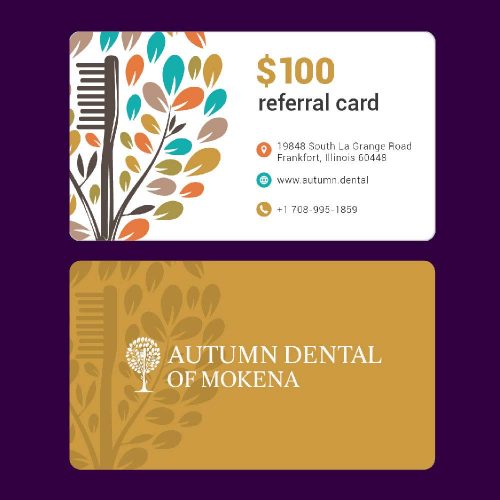
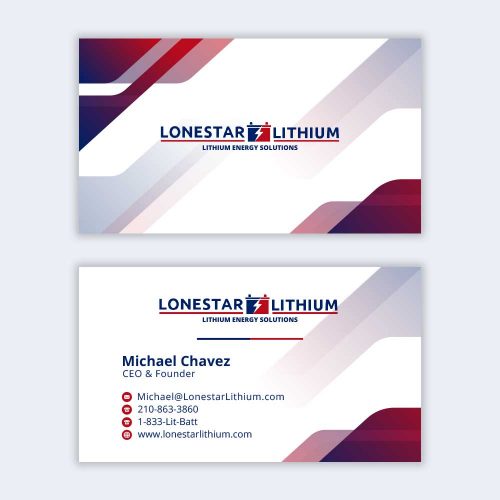



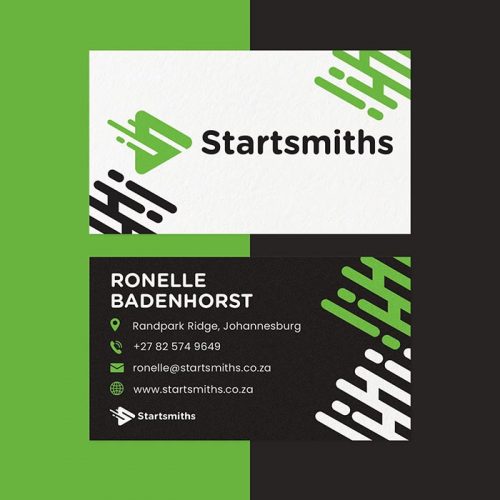
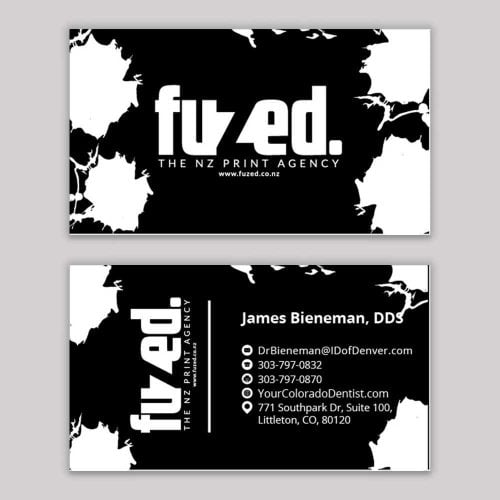
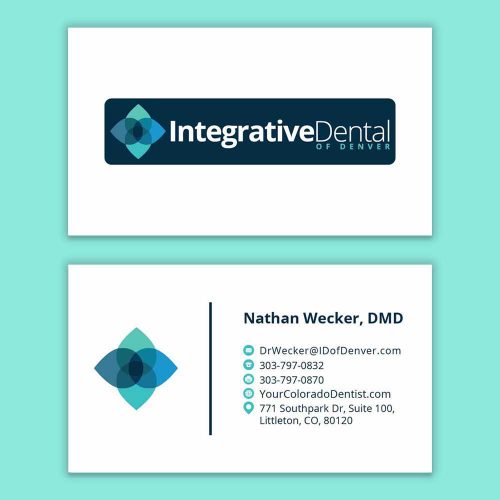
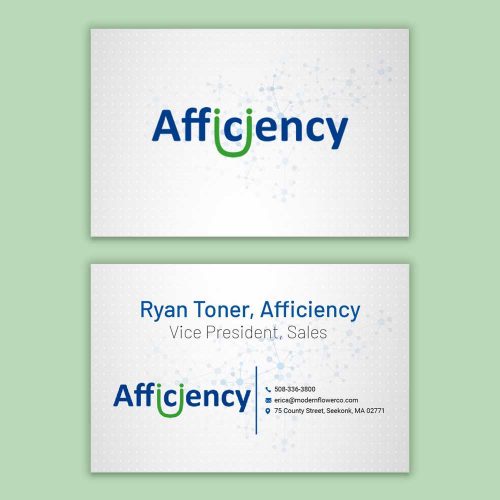
Copyright Infringement
Copyright infringement is taking your artwork, or a substantial part of it, without asking for your permission. Each country has their own set standards of what constitutes a substantial part. Generally, it is considered the part that truly defines your work and what makes it original.
Fair Use
Fair use in copyright is when the artwork is used, without asking for the owner's permission. It's applicable for non-commercial, transformative, educational, and parody purposes only.
How to Determine Originality
Which brings us to the question, how is originality in an artwork defined? There is no black and white answer to this as this remains one of the most debated areas of copyright infringement. Conflict usually arises when one designer uses another designer's work as a reference. It is infringement when the second artist's work is "substantially similar" to the first one.
"Substantially similar" is when the average person would recognize that the second artwork has the same "artistic expression" that was used in the first. There is no formula to determine this, not even the 20% rule. So if the designer has changed 20% of the artwork, it is still considered an infringement.
How to Prove Ownership
Copyright is automatic but there are a lot of benefits in registering your artwork as copyrighted. You can claim for damages or compensation should unauthorize people use your artwork. If you have not registered your work, there are still some things you can do to prove that it is yours.
You should have records of your original artwork, dates of publication, even witnesses to prove your ownership. You then have to prove that there is a connection between your artwork and the copied version of it for you to seek compensation.
Creative Commons Licenses
A Creative Commons license is one of the many public copyright licenses that allow creators and authors to share their work as long as it is properly attributed to them. There are six different types of Creative Commons licenses and each one has its own set of features that licensors can use depending on how they want the artwork to be shared or reproduced.
Length of Protection
The duration of a copyright term differs from nation to nation. In the US, it is 70 years after the death of the author or owner.
Copyright Protection in Other Countries
In the event that your artwork has reached the global level, you have copyright protection for it. This is applicable in all of the countries that signed the agreement in the Berne Convention for the Protection of Literary and Artistic Works. These countries comprise a majority of the world, therefore, this law protects your design wherever it may land.
Frequently Asked Questions
How Do Graphic Designers Get Copyright?
Any graphic designer wanting to copyright their work can register it at their country's Copyright office. Those in the United States can register in the U.S. Copyright Office. There, the graphic designer can fill out a form. Once completed, they will pay a filing fee and submit the copy of their work to complete registration and get copyright.
Is Graphic Design Copyright?
Not until graphic designers or business register it for copyright. But there are certain eligibility factors and considerations to ensure that a graphic design work is copyrighted. To reiterate, according to U.S. Copyright Law, a piece of art can be copyrighted with the following:
- Originality
- Fixed in a tangible form
- Authorship
Is Graphic Design Intellectual Property?
Graphic design can only be considered intellectual property legally if it's registered for copyright. While graphic designers can claim they own a particular graphic, it's not yet copyrighted if not registered. The same goes for businesses.
Businesses may also register the copyright to their visual materials in the U.S. Copyright Office. However, it's important for businesses to know if the graphic design is 100% owned by them. In any case, they can register it as theirs. However, if the graphic designer may need credit, the business should add the designer as a co-owner of their design.
How to Request Original Graphic Designs from Penji
Our team at Penji is well-versed in copyright laws. So, all our clients rest assured that using the images they request from us won't get them into any legal trouble. In addition to that, requesting a design from us is so easy. In fact, all it takes is a few clicks!
1. Create
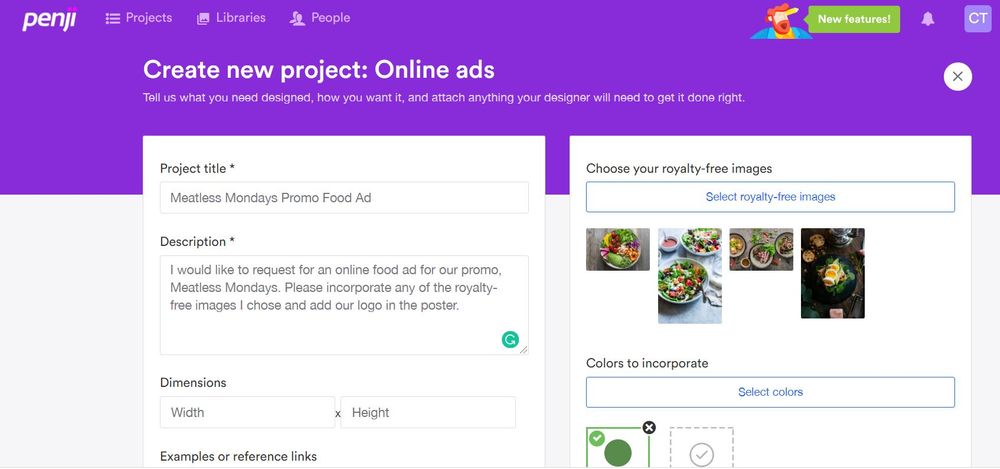
In your Penji dashboard, click "Create new project." You can choose from a list of graphic design categories – from logos, business cards, and other branding assets to online ads, blog cover graphics, and social media banners. If the asset you're requested isn't listed, you can choose "custom project."
You can then fill out the needed info about the project, including the title, description, and links to reference images. The app is pretty nifty – it also allows users to choose royalty-free photos they want to be incorporated into the design. In addition to that, you can also select a color palette you want for the project. Once you're done, click the "Create project" button.
2. Revise
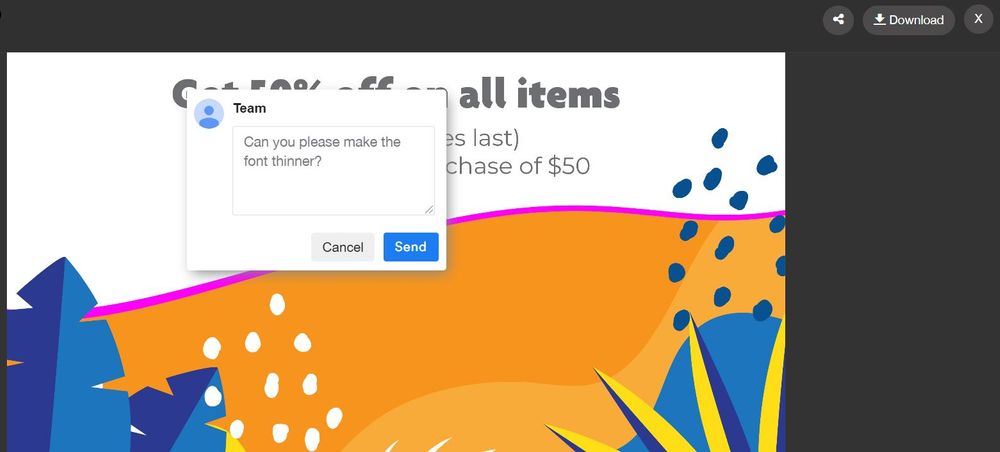
In 24 to 48 hours, the designer assigned to your project will deliver a draft for your review. If you need anything changed, just point the clicker into the part of the image and type your comments or suggestions. The draft will be returned to the graphic designer for revision.
3. Download
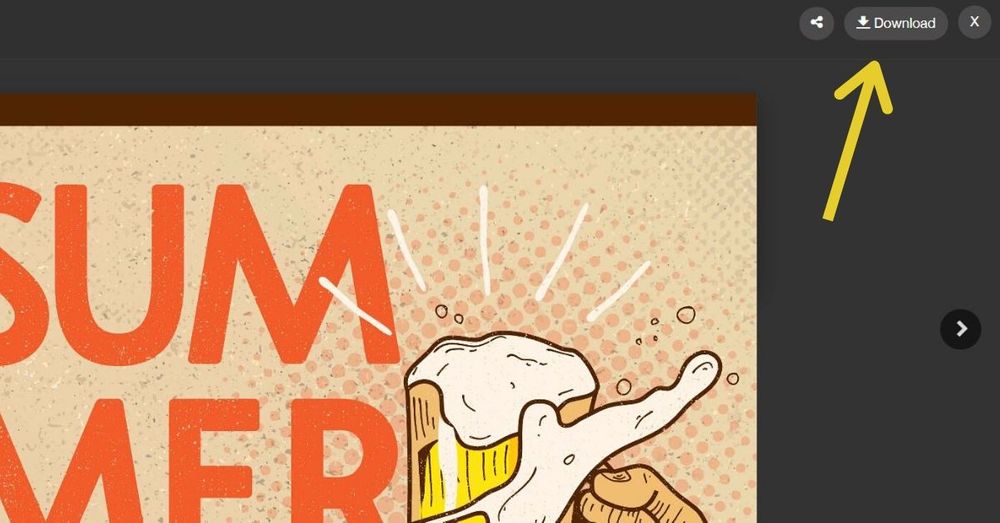
Once the design suits your requirements, just click on the "Download" button, and the graphic will automatically be saved on your computer.
Final Thoughts

In today's technologically advanced world, graphic design has never been more exposed to plagiarism than ever before. Knowing how you can protect your rights as an owner can help avoid all the problems involved in cases of infringement. As a copyright holder, you can have the leverage of protecting your designs and getting compensation should anyone copy or use them illegally. Sign up with us today and try any plan risk-free for 15 days!
Updated July 3, 2019

About the author
Celeste Zosimo Cel is a traditional animator for over than 15 years. She is also a Fine Arts Graduate who majored in Advertising and is now a Content Writer.
How Different Does a Graphic Design Have to Be Original
Source: https://penji.co/graphic-design-copyright/
0 Response to "How Different Does a Graphic Design Have to Be Original"
Post a Comment